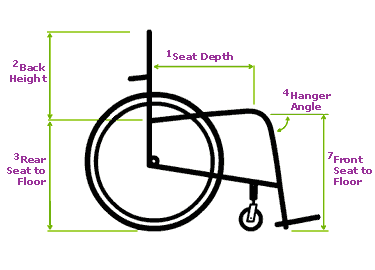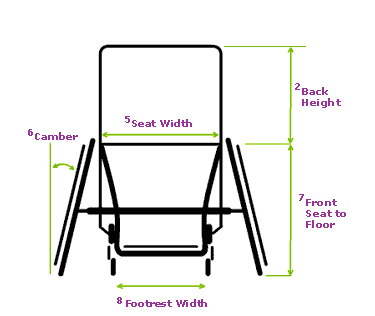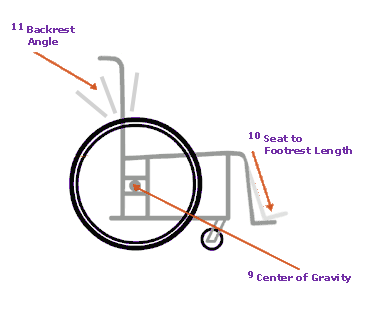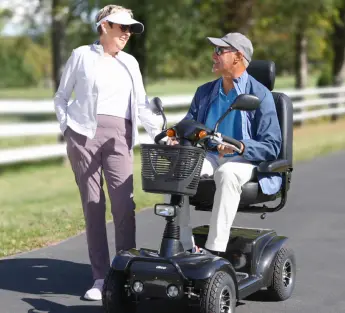Sport Chairs Measuring Guide





Unlock a
SPECIAL OFFER
today!
plus stay up to date on new
arrivals, special promotions,
and more
Thank you! You are on our list.

Sign up for texts and we'll send you
exclusive news, offers and more!
By submitting this form and signing up for texts, you consent to receive marketing text messages (e.g. promos, cart reminders) from NMN Spinco Inc at the number provided, including messages sent by autodialer. Consent is not a condition of purchase. Msg & data rates may apply. Msg frequency varies. Unsubscribe at any time by replying STOP or clicking the unsubscribe link (where available). Privacy Policy & Terms.
Sign up for texts
to Unlock a
SPECIAL OFFER
today!
plus stay up to date on new arrivals,
specials promotions and more
By submitting this form and signing up for texts, you consent to receive marketing text messages (e.g. promos, cart reminders) from NMN Spinco Inc at the number provided, including messages sent by autodialer. Consent is not a condition of purchase. Msg & data rates may apply. Msg frequency varies. Unsubscribe at any time by replying STOP or clicking the unsubscribe link (where available). Privacy Policy & Terms.
Check your texts
Reply "Y" to confirm your subscription
Didn't receive a text message?
Try texting START to 1-844-515-2807.
Sorry
There was an issue attempting to subscribe/re-subscribe you.
Try texting START to 1-844-515-2807.
You are already subscribed
Not receiving our texts?
Try texting START to 1-844-515-2807.


to learn about products & place an order
1-800-850-0335M-F 9am - 9pm ET
Sat 10am - 6pm ET
Sun 10am - 4pm ET
for service on your product
1-800-850-0335

M-F 9am - 9pm ET
Sat 10am - 6pm ET
Sun 10am - 4pm ET



 Contact Us
Contact Us
 Request Service
Request Service

 Request parts
Request parts